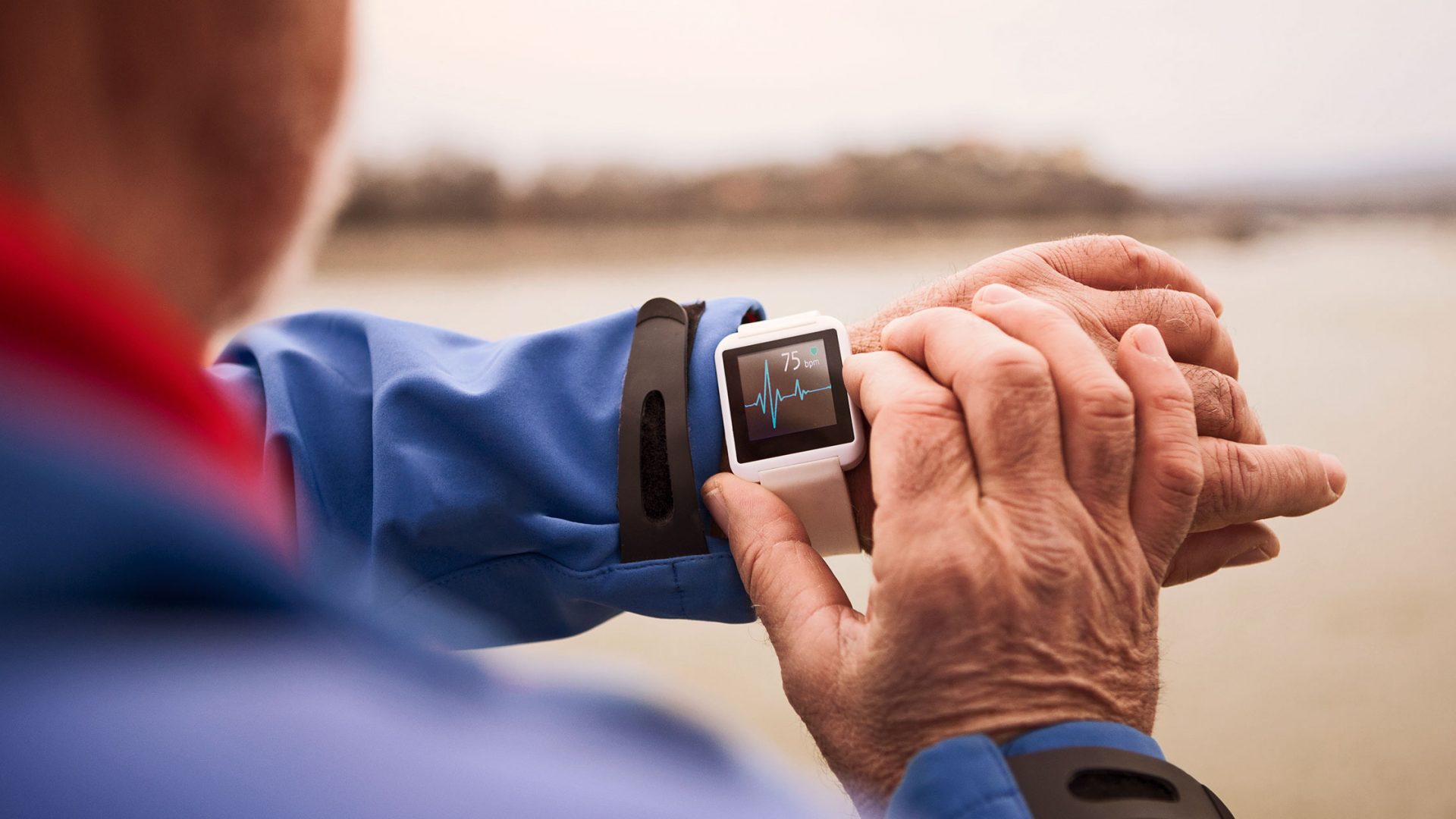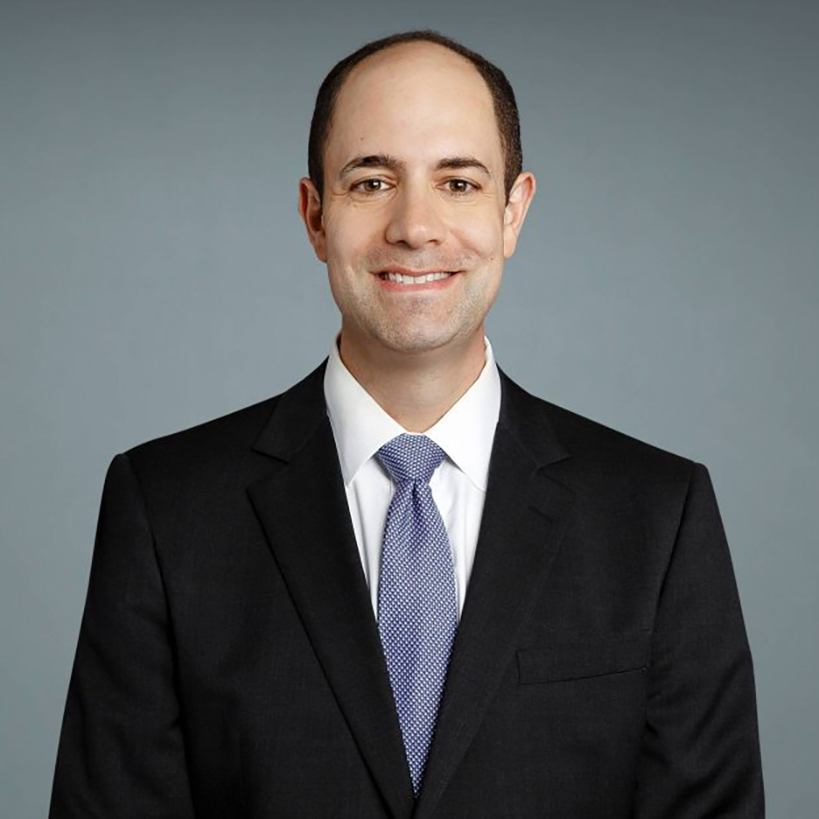Atrial fibrillation (A-fib) is the most common cardiac arrhythmia and carries a significant risk of stroke and heart failure. Older age is a known risk factor for the development of A-fib, and recent studies have demonstrated that screening asymptomatic older individuals with risk factors for stroke may be useful.
At NYU Langone Health, cardiologists and geriatricians are partnering on a more proactive approach to identify older adults who may have A-fib but present with non–cardiac-specific symptoms. Integral to this effort is Adam H. Skolnick, MD, associate professor of medicine and a member of the Leon H. Charney Division of Cardiology, who recently published an editorial on this topic in the Journal of the American Geriatrics Society with co-author Nina Blachman, MD, assistant professor of medicine and director of the Geriatric Medicine Fellowship.
“Many older adults may not come to medical attention because they are unaware of their A-fib,” Dr. Skolnick says. “While many patients with A-fib do not report symptoms, some experience nonspecific symptoms, such as palpitation, dyspnea, or fatigue.”
Silence Is Not Always Golden
A recent study published in the Journal of the American Geriatrics Society offered a first-time exploration of A-fib symptom perception, its impact on quality of life, and its relation to treatment strategies in older adults. The researchers found that patients aged 65 to 74 years reported more cardiac symptoms, and A-fib had a more significant impact on their quality of life compared to the older age groups. Adults aged 85 years and older were more likely to report no symptoms, and most of the reported symptoms were non–cardiac specific, including fatigue and light-headedness.
“This study is key in furthering our understanding of A-fib symptoms across age groups and is unique in its inclusion of adults over 85 years of age,” Dr. Skolnick explains.
Based on these findings, the researchers recommended that clinicians adopt a more patient-centered approach to managing individuals with A-fib who present with a range of non–cardiac-specific symptoms, and that management with rate or rhythm control needs to be tailored to the individual patient in a holistic manner.
“Physicians should consider atrial fibrillation as a possible diagnosis for patients who present with non-cardiac symptoms such as dizziness.”
Dr. Nina Blachman
“The population is aging, and we expect to see more patients with atrial fibrillation in the coming years,” says Dr. Blachman. “Physicians should consider atrial fibrillation as a possible diagnosis for patients who present with non-cardiac symptoms such as dizziness.”
On the Horizon: Digital Health Technologies
As a first step, Dr. Skolnick, together with John A. Dodson, MD, MPH, director of NYU Langone’s Geriatric Cardiology Program, are using novel cardiovascular digital health tools to identify undiagnosed A-fib in older adults.
“Wearable devices, which contain optical photoplethysmography-based sensors and software algorithms may facilitate identifying older adults with undiagnosed A-fib,” Dr. Skolnick explains.
In addition, the Cardiovascular Digital Health Laboratory, also led by Dr. Dodson, is planning and conducting clinical trials evaluating innovative digital solutions to improve population health through hypertension management, medication adherence, and arrhythmia monitoring. The team plans to scale remote cardiovascular health monitoring for patients, making it applicable to other projects in the future.
Dr. Dodson notes that the ultimate goal of the laboratory is to enable knowledge sharing among physicians and researchers to help facilitate partnerships on future studies and improve patient care.







